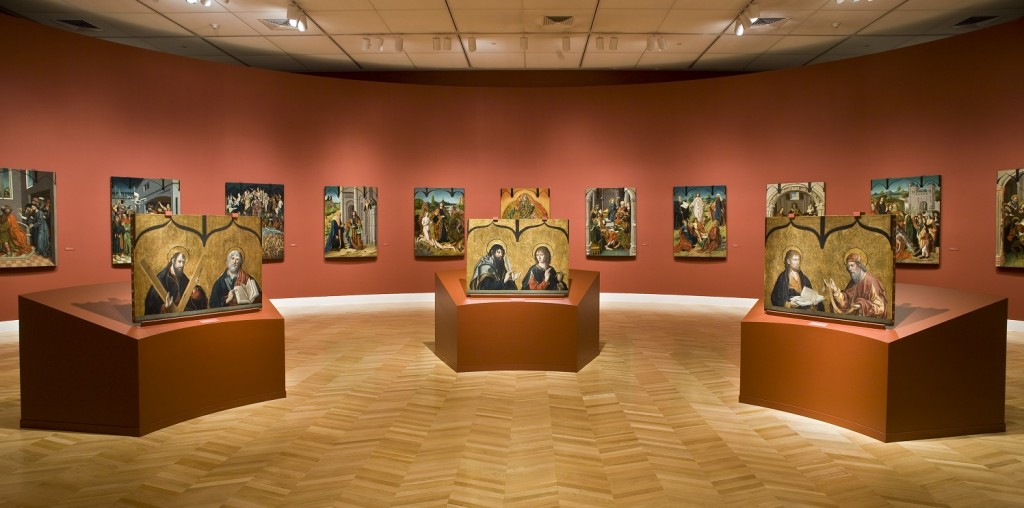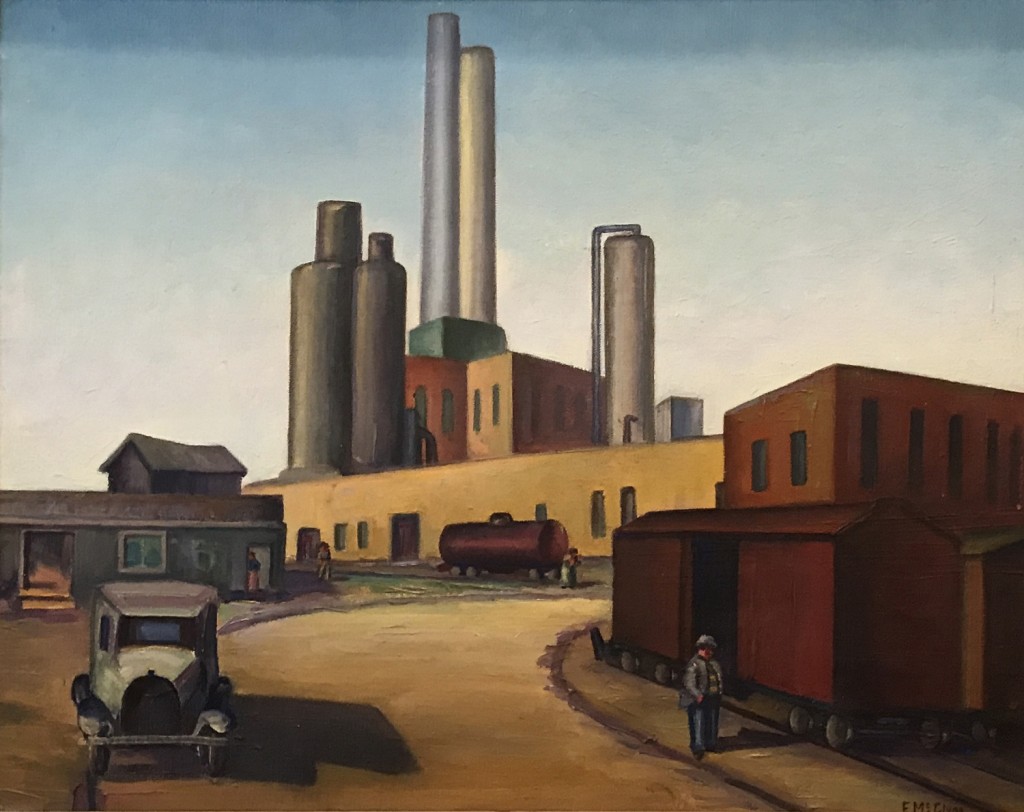Meadows Museum Celebrates 20 Years Since Opening Meadows Building
ArtandSeek.net May 10, 2021 31The Meadows Museum houses an extraordinary collection of Spanish art, and this year the museum is celebrating the 20th anniversary of its current building, a space six times larger than its previous home. Prior to 2001, the university art museum was located in the Owens Art Center on the SMU campus.
The structure has helped the university art museum grow to become the center to study Spanish art and culture outside of Spain.
Appropriately, the museum wanted to take the time this anniversary year to thank the people who made the building possible and to celebrate all the things that have been accomplished because of the new building – big international exhibitions and robust community engagement and educational programs. What better way for a museum to commemorate a milestone than with not one, but two exhibitions?
“They are both really different exhibitions, but what unites them is this overall celebration of the 20th anniversary of the building,” said Amanda Dotseth, curator for the Meadows.

View of the exhibition Fernando Gallego & His Workshop: The Altarpiece from Ciudad Rodrigo. Paintings from the Collection of The University of Arizona Museum of Art. Photo by Michael Bodycomb.
The first exhibition “Building on the Boulevard: Celebrating 20 Years in The Meadows’ New Home” is divided into two sections.
“One part we call Conception to Construction and includes some wonderful kind of ephemera and photographs of the construction of the building itself,” said Dotseth. “The opening ceremonies were attended by, for example, then-President George W. Bush and the Spanish ambassador.

Daniel de Córdoba Bailes Españoles performing in the Meadows Museum galleries. Photo by Tamytha Cameron
“Then we have another section that’s about exhibitions and education. That’s more about what we’ve done since the building has been open and celebrating 20 years of exhibitions and educational programs that have been made possible by this structure.”

Dominican amber with lizard skull fossil. 15mm diameter. Shuler Museum of Paleontology, Huffington Department of Earth Science, SMU.
The second exhibition is called “Fossils to Film: The Very Best of SMU’s Collections” and showcases a variety of objects from nine different collections across campus.
One of those collections is the University Art Collection, which consists of items mostly donated from alumni. Although the Meadows is known for having paintings by Goya, Velázquez and Miró, Dotseth says the strength of the University Art Collection is Texas regionalist art.

Jerry Bywaters (American, 1906–1989), From the Alhambra, Granada, Spain, 1927. Watercolor on paper. University Art Collection, SMU, Dallas. Gift of William B. Jordan, UAC.2015.04.01. Photo by John Milazzo.
“There are works by people like Jerry Bywaters, Otis Dozier, Florence McClung, Everett Spruce and a number of other artists that are very much about Texas and were part of that kind of Lone Star regionalist movement that happened in the early 20th century,” she said.
Even Dotseth was surprised to learn of some of the holdings housed in the university’s various collections.
“I mean, the films from the G. William Jones Film Collection are amazing. Like the Velvet Underground playing at White Rock Lake, and Jimi Hendrix at Love Field. I mean those were all fun. There are some really fun movie posters as well that are just kind of kooky,” she said.
But what really caught Dotseth’s eye were two pots excavated in New Mexico through the SMU- in-Taos campus. The pots were used by the Hopi Indians in rituals and then destroyed after the ceremonies. SMU archeologists worked with the Hopi nation to reassemble the pots. Dotseth thinks the pots are beautiful and stunning in themselves, but the fact that they are also used to educate people about Hopi ancestry and traditions makes them even more important.
Dotseth says she also sees themes that connect the collections.
“One of the key threads that I found very interesting as I was putting together this exhibition was the number of objects in SMU Collections that relate to the history of African Americans in Texas and particularly in the Dallas area,” she said. “There are artifacts on display from the Department of Anthropology that were excavated from the area around the Texas Book Depository — artifacts dating back to the 19th-century when it was a residential area and occupied by freed African Americans and particularly laundress quarters. So it’s evidence of some of the kinds of jobs that African Americans did in the wake of the Civil War when they were freed.

Still from Martin Luther King, Jr. interview during a visit to Dallas, January 3–4, 1963. WFAA Collection, G. William Jones Film and Video Collection, Hamon Arts Library, SMU.
And that’s just the beginning of the Black history on display.
“Then there is the Tyler Black Film Collection, part of the G. William Jones Film Collection,” Dotseth said, “And it’s a very important record of films that were made entirely by and for African American audiences. Then one of the most important archives within the Underwood Law Library, which is the library for law students, is the DISD desegregation archive. So these are all the documents that have to do with the litigation surrounding the desegregation of the Dallas Independent School District.”
Add it all up and it equals a thick slice of Texas history in one convenient location.
“There’s an aspect in this exhibition that to some extent, is encyclopedic in scope. It goes from 150 million years ago to the late 20th century, or even the 21st if we consider our contemporary art. But it’s an interesting kind of snapshot of the history of Texas and the history of the Southwest.”
Got a tip? Email Gila Espinoza at gespinoza@kera.org. You can follow her on Twitter @espinoza_kera.
Art&Seek is made possible through the generosity of our members. If you find this reporting valuable, consider making a tax-deductible gift today. Thank you.










